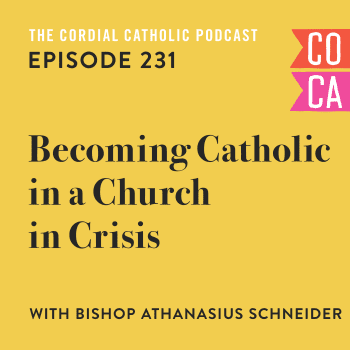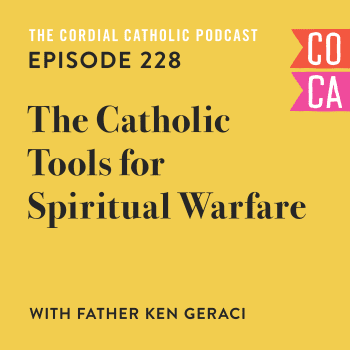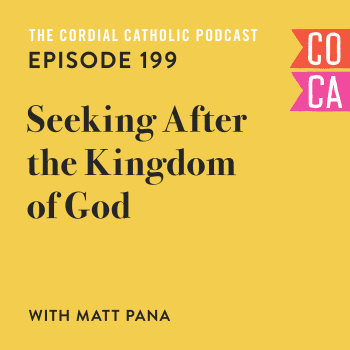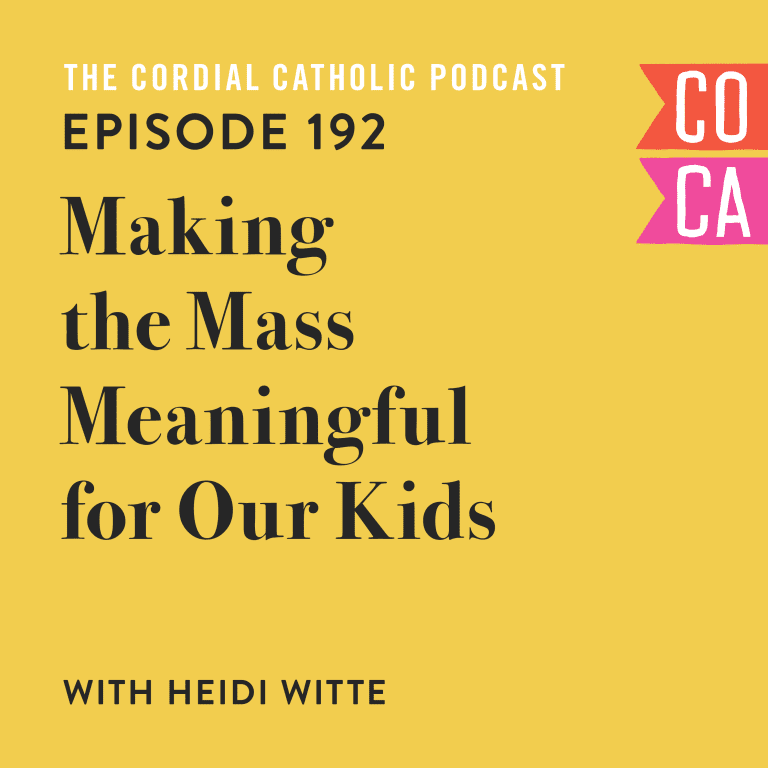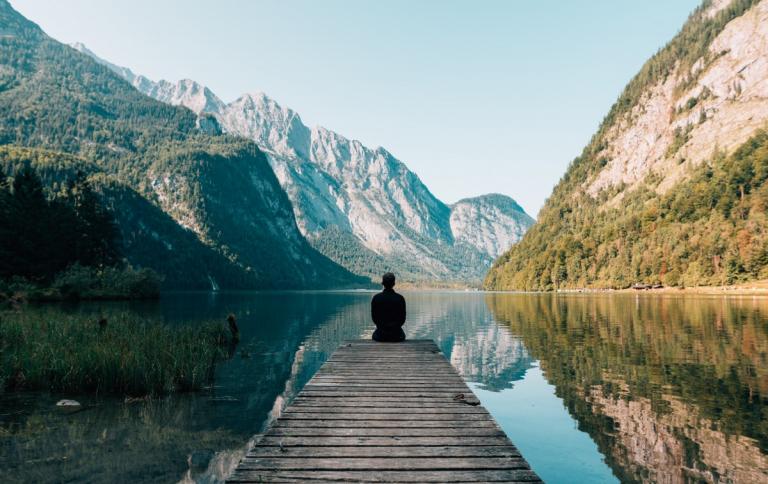
The Transfiguration of Christ is easily one of my favourite scenes in the gospels. I have an icon of it, and it’s beautiful. Matthew, in his gospel, records it like this,
After six days Jesus took with him Peter, James and John the brother of James, and led them up a high mountain by themselves. 2 There he was transfigured before them. His face shone like the sun, and his clothes became as white as the light. 3 Just then there appeared before them Moses and Elijah, talking with Jesus. (Matthew 17:1-3)
I love everything about the picture this creates; any doubt about Jesus’ divinity, any doubt about his true nature or power is utterly quashed as Peter and James and John see his face, shining like the sun—his clothes white as the light. It’s as if Christ finally pulls back the curtain on the Godhead says, “Behold!”
And it is good.
Sufjan Stevens sings a pretty good version, too.
But what’s struck me most, lately, is that following this kind of “mountaintop moment” there has to be a coming down.
A return to the ordinary life for the apostles. And how exactly do you return to reality following such a display of magnificence and power and glory?
I was drinking coffee way too late into the night with a good friend of mine. We got talking about prayer and perseverance and how, sometimes, it’s difficult to keep praying when things seem beyond hope. Then we talked about the Psalms. So often, in the Psalms, we see David writing to admonish the Jewish to “remember the deeds” of God.
Psalm 77:11-12 says,
I will remember the deeds of the Lord;
yes, I will remember your miracles of long ago.
12 I will consider all your works
and meditate on all your mighty deeds.
The Jewish people were constantly being reminded and if you know anything about the Old Testament you know that they needed it, desperately. And so do we.
We forget the incredible, earth-shaking things that God does for us. We pray and pray and pray about a job or a family situation or a difficult time we’re going through and God answers; but we forget. Things get going good again, we are happy, healthy, and relatively wealthy and we forget that time—those times—when God reached down to intervene.
We forget “the deeds of the Lord” and the “miracles of long ago.”
These were a people who God lead across the water, which parted miraculously.
And we are exactly the same.
On this, the second week of Lent, we’re reminded of the incredible power and glory of God. We’re given a glimpse, along with the apostles, into what God is. This beautiful, seemingly unapproachable majesty, that condescended to come down and live among us so that we could have life more abundant, life everlasting. We are given that glimpse and then asked to go—to go down from that mountaintop but to live differently.
To live having been given that glimpse. Having seen the transfigured Lord.
We are called to remember deeds like this; deeds which God did in our own lives, too. And we are called to live in that remembrance. And what a powerful thing that could be. What power there could be if we really and truly lived in a recognition of all that God has done and can do for us.
If, next time we encountered a stranger in poverty, we recall how God gave us that job we prayed for and how our finances now allow us to give to others more freely. And so we give.
If, next time we’re faced with a challenging colleague at work, we recall how we so often vex God with our dumb and senseless decisions and how, each and every time, he forgives us. And so we forgive others.
If, next time a particular situation or prayer request seems so far beyond answering we’re tempted to give up home, we recall how that thing we prayed for for fifteen long years was, one day, answered out of the blue; in God’s timing. And so we persevere in prayer.
I love the Transfiguration of our Lord. I love how Christ pulls back the curtain to give us a glimpse into who he is, but then draws it closed again. Imagine the apostles who have just seen Christ transfigured next see him crucified. Talk about from highs to lows but Christ gives a glimpse, and gives it to us today still, to remind us, to help us to have something to recall, something to cling to. Something to help us to move mountains ourselves.
God, give us the grace to have that mountaintop faith even in the low valleys.



